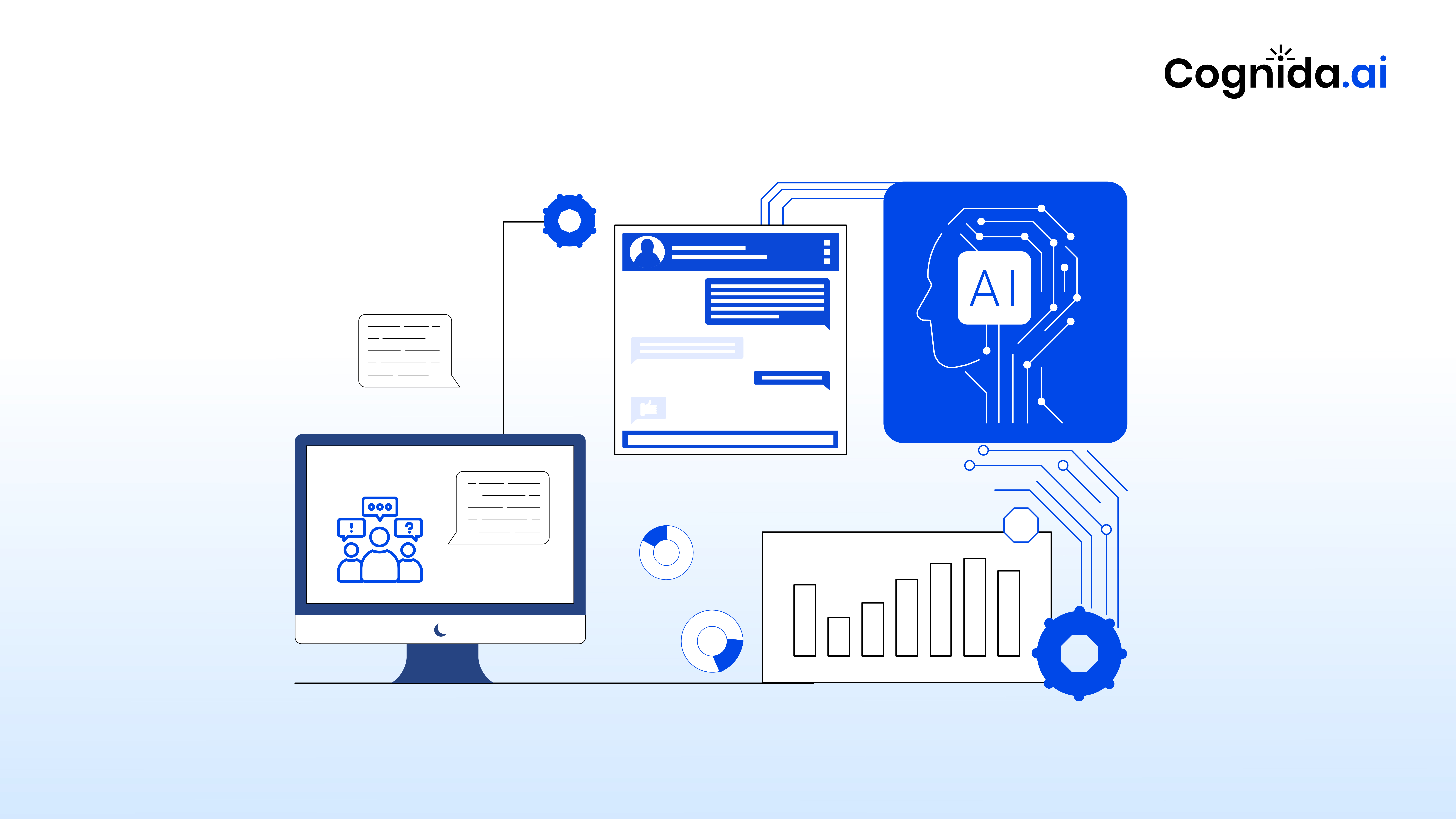We are living in times of online shopping, where customers prefer to purchase through social media. This market is huge and is expected to grow to $8.5 trillion in the next six years. Hence, businesses must track customer data and analyze online conversations to stay up to date.
Today, many businesses are already using social listening to conduct market research. Marketers tune into online conversations to understand what their customers are saying about their brand.
Let’s explore how social listening is helping businesses create effective marketing campaigns.
What is Social Listening?
Social Listening, also referred to as Social Media Listening, is the process of analyzing online conversations about brands and businesses to learn about the customer’s sentiments. It involves extensive monitoring of social media channels, digging into the words and comments of social media posts to understand customers’ feelings and opinions. It is a crucial part of the social media monitoring plan.
Social Listening uses sentiment analysis to enhance customer engagement and retention and drive business impact. Sentiment analysis is a subfield of Artificial Intelligence that uses Natural Language Processing (NLP) to understand the tone and emotion in a conversation. It can decipher slang, emoji, and sarcasm and categorize sentiment into positive, negative, or neutral. By combining social listening and traditional market research, businesses can get a well-rounded view of the market trends and curate smart marketing campaigns.
Key Technologies
- Natural Language Processing (NLP)
- Sentiment Analysis: The NLP algorithm digs into social media posts and comments to determine the customer’s sentiment by identifying and categorizing opinions as positive, negative, or neutral.
- Contextual Understanding: Advanced NLP models analyze the context of conversations, like sarcasm, slang, and idiomatic expressions. This helps businesses to align their marketing strategy with the customers’ expectations.
- Machine Learning
- Pattern Recognition: Machine Learning models recognize patterns in conversations to improve the accuracy of sentiment analysis, increasing customer satisfaction.
- Anomaly Detection: These models detect unusual spikes or drops in sentiment, helping identify potential PR crises or viral trends.
- Data Analytics
- Data Aggregation: AI systems aggregate data from multiple social media platforms including X, Facebook, Instagram, and LinkedIn. This data provides insight into online conversations and enables businesses to meet their customer expectations.
- Real-time Processing: Social listening assists companies in responding to customer feedback and addressing issues immediately while ensuring they meet their customer expectations. This helps them stay ahead of the curve.
How does Social Listening benefit businesses?
- Brand reputation: Businesses monitor their brand reputation through customer feedback and identify areas of improvement. This helps them to improve their product/service, thereby enhancing customer experience levels.
- Customer Engagement: AI empowers businesses to understand their customer sentiments and effectively engage with them. This helps in crafting personalized responses that resonate better with users and foster a sense of trust and loyalty.
- Improved Marketing: By monitoring new trends and online conversations marketers get insight into customer needs and behavior. This helps them to create tailored content, understand the positioning and develop effective marketing strategies.
Conclusion
Social listening is a transformative practice that accurately understands customer sentiment. By implementing NLP, machine learning, and big data analytics, businesses gain real-time insights into customer sentiment and opinions, enhance engagement, and make informed strategic decisions.
